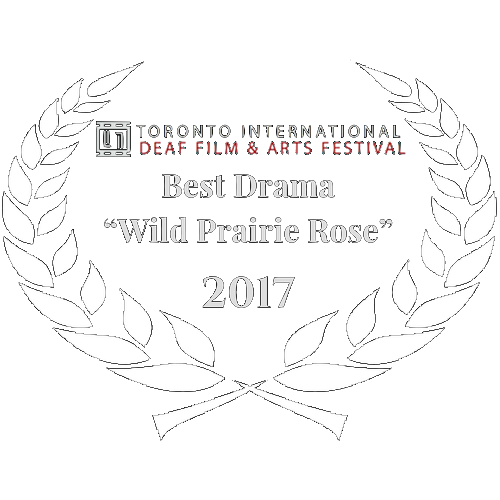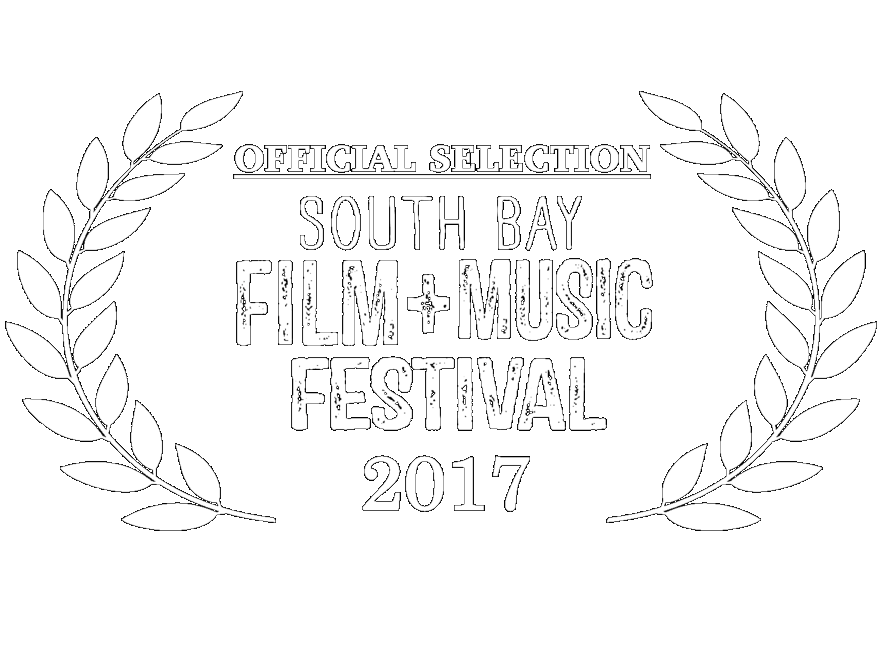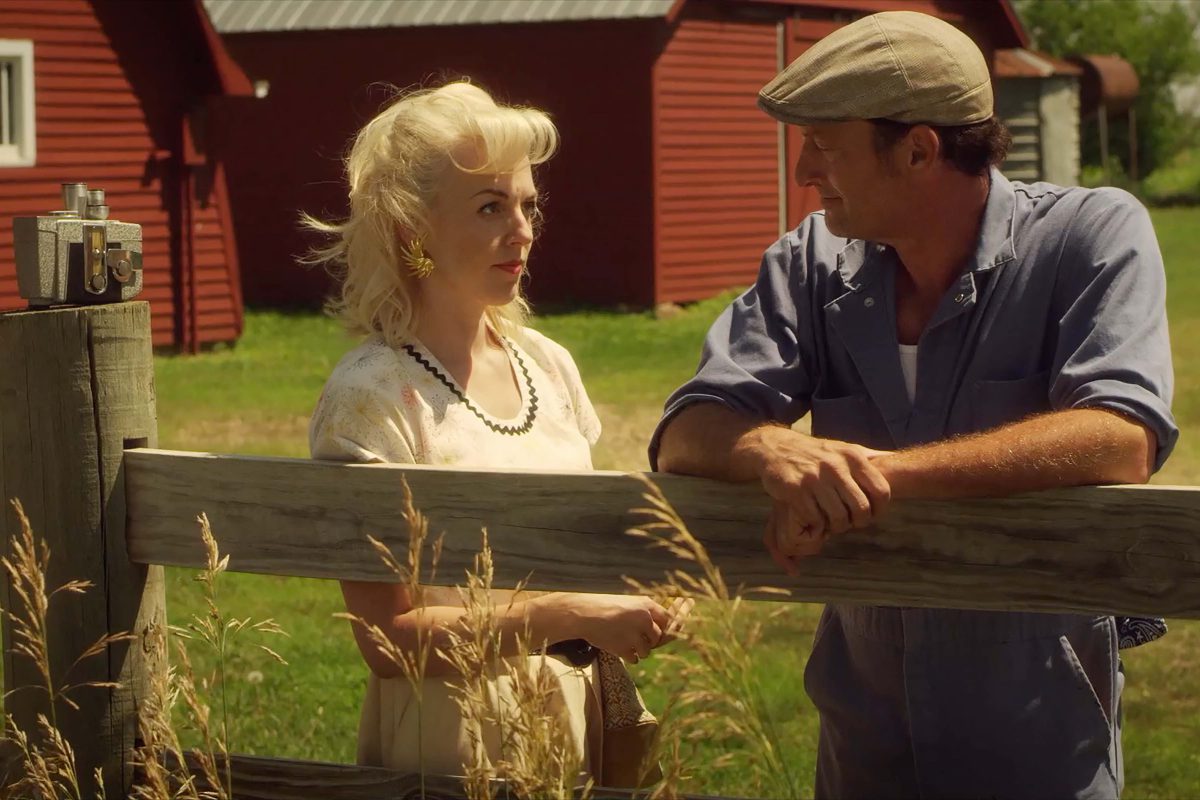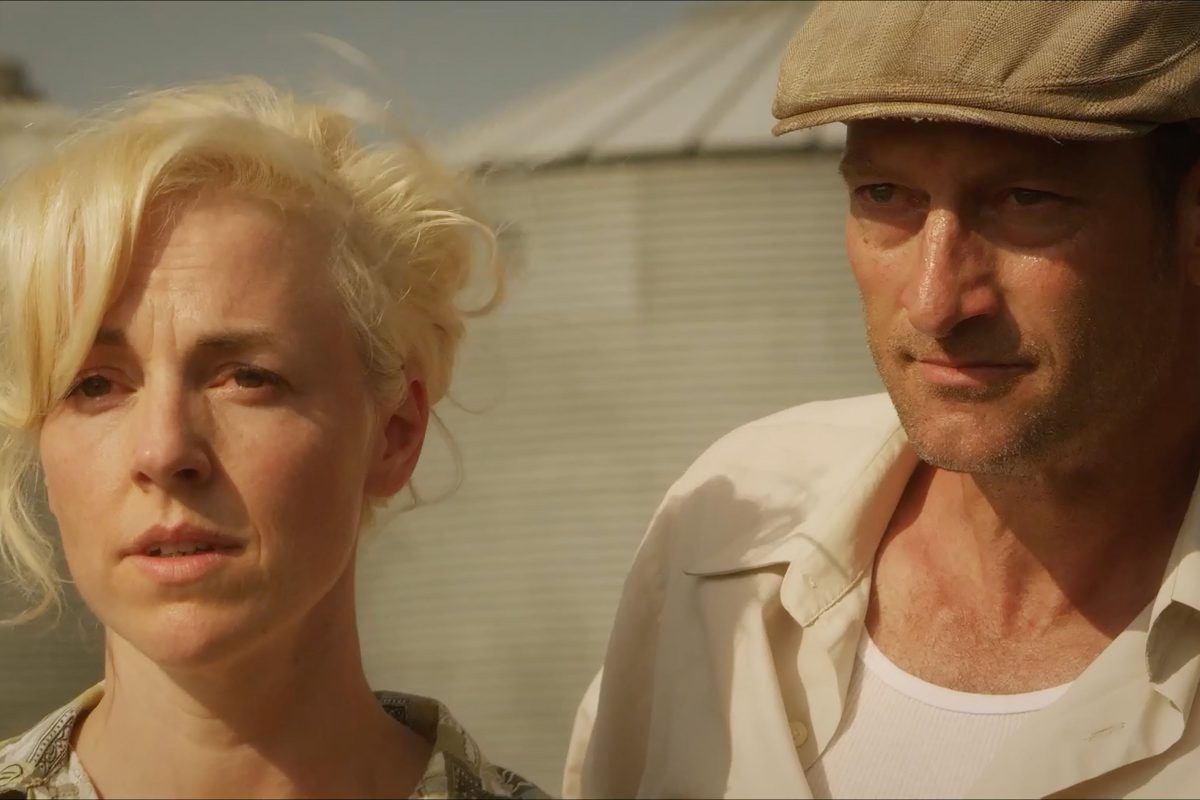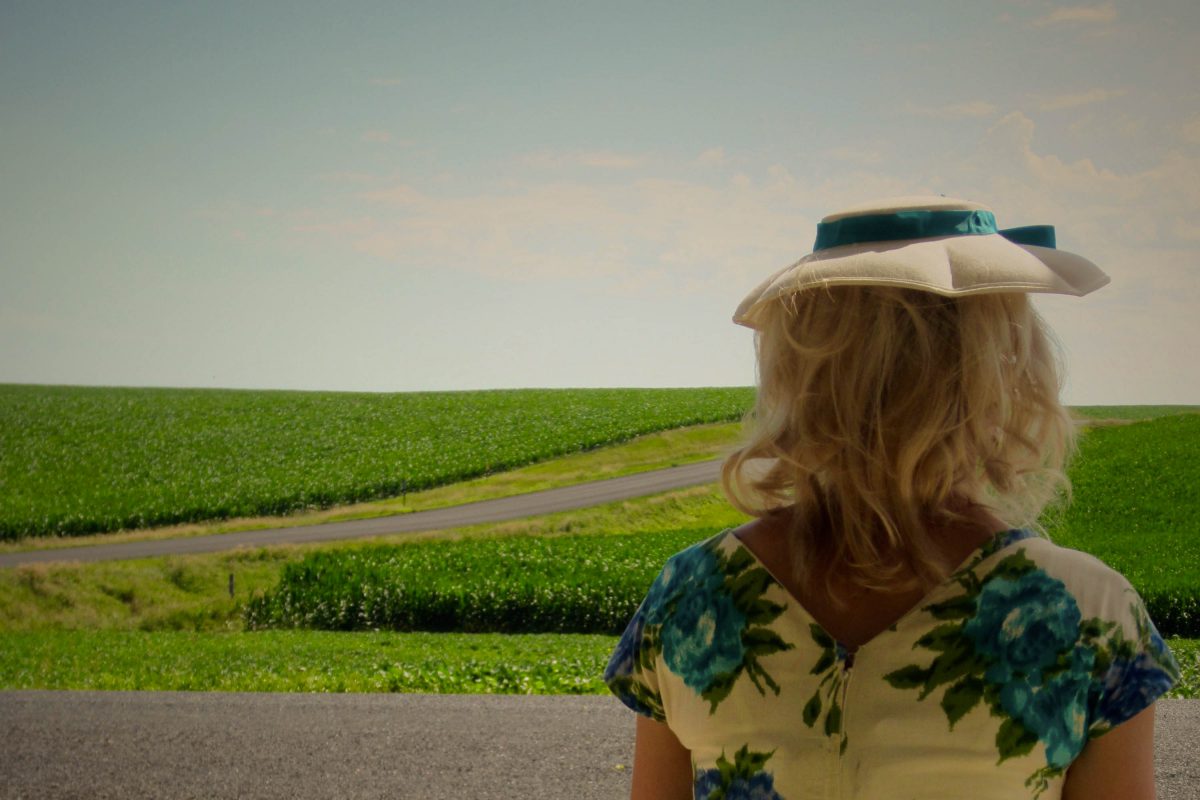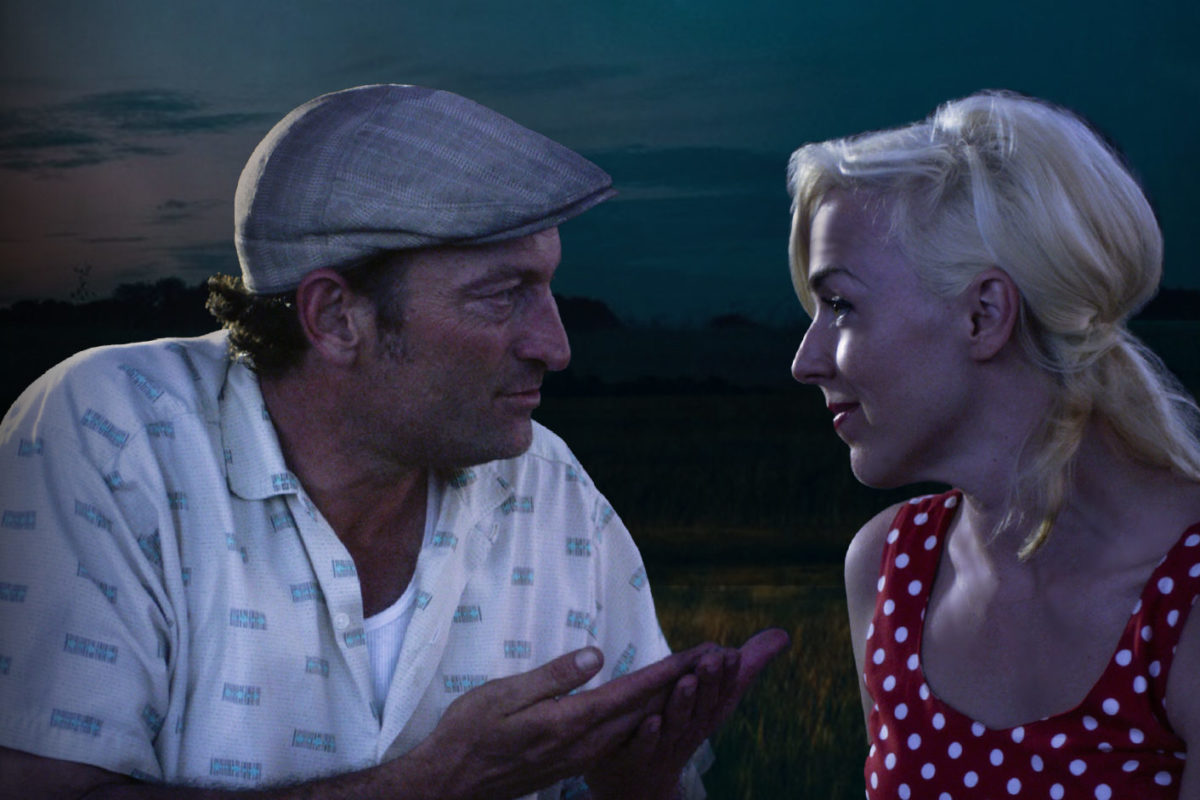
Director’s Statement
Wild Prairie Rose reflects my love affair with South Dakota, which began in 2010 while shooting a short film in the small rural town of Beresford. The community was incredibly open and enthralled with the adventure of filmmaking, and supported the short film with locations, props, costumes, supporting actors and other critical production elements. It was a natural progression to make a feature film in this place of magical beauty.
In developing this story I wanted to work with professional artists from Los Angeles who are exceptionally talented, but who would appreciate spending time in Beresford, engaging with its community and exploring its natural beauty. The project was an opportunity for a band of outsiders to fully immerse themselves in a new community with all the fascinating challenges that presents.
The film is set in 1952, positioning the story at an intersection of cultural shifts in musical taste, fashion and ideas of morality. I especially wanted to explore the frustrations building as women’s roles were being jostled and to examine the spaces between 1950s idealism and the subtle prejudices that eventually erupted in the upcoming eras.
Besides depicting the less ideal aspects of this era, I wanted Wild Prairie Rose to express hope and capture the warmth and kinship we discovered working in Beresford. The film’s leading actor, Troy Kotsur, was happy to play a role written in his first language, American Sign Language (ASL), but he also wanted to be a part of a story that demonstrated how, with effort, all people can communicate no matter how difficult language, cultural or emotional barriers might be between individuals.
Wild Prairie Rose pays homage to that spirit as embodied by the people of Beresford welcoming our filmmaking team into their community and their investment of time and talent in the making of Wild Prairie Rose.
Deborah LaVine



